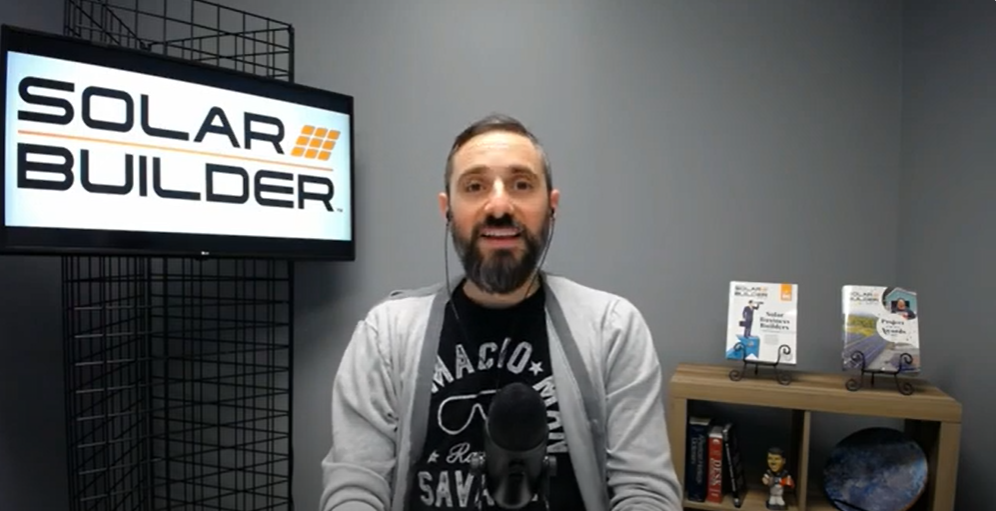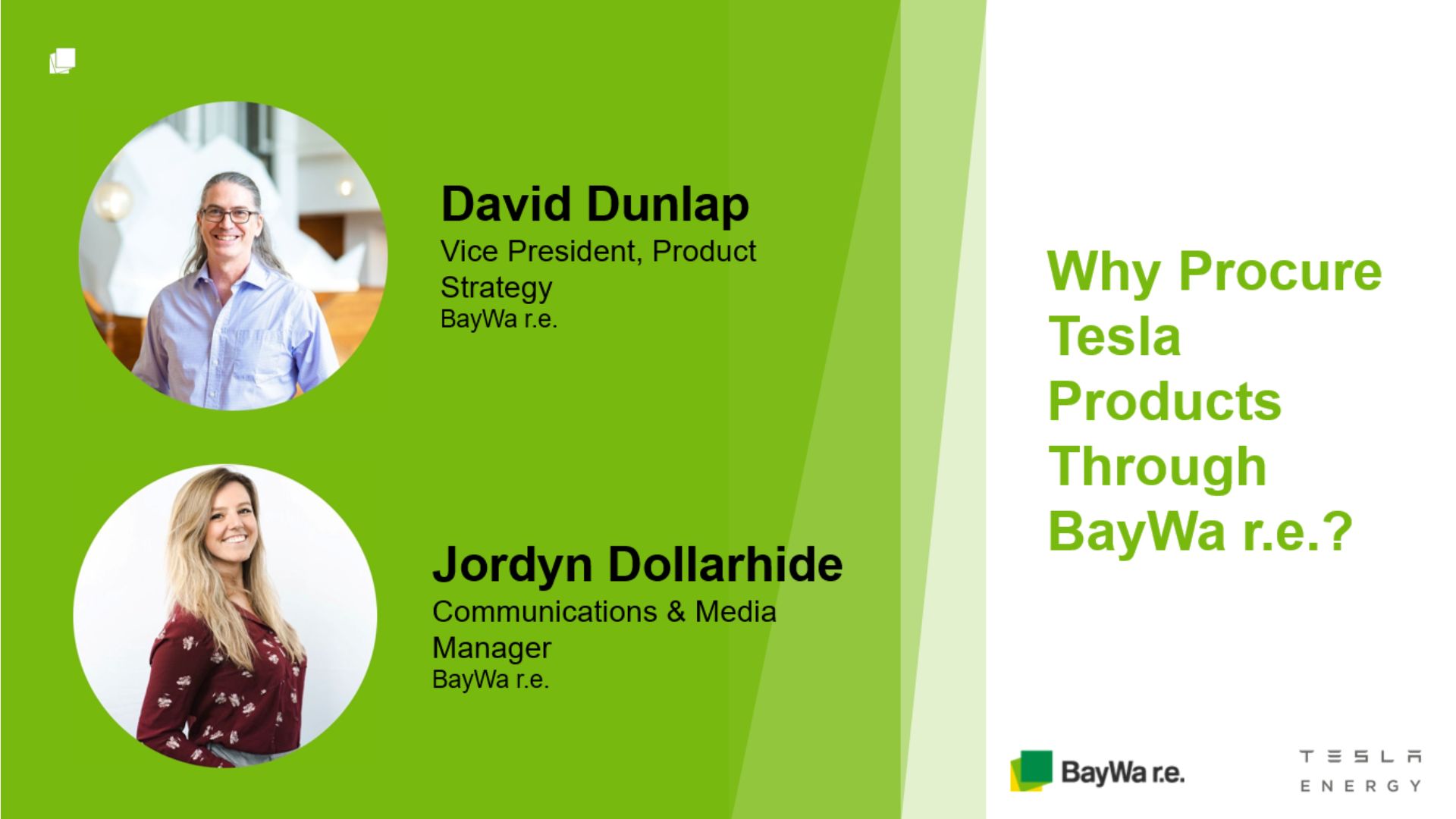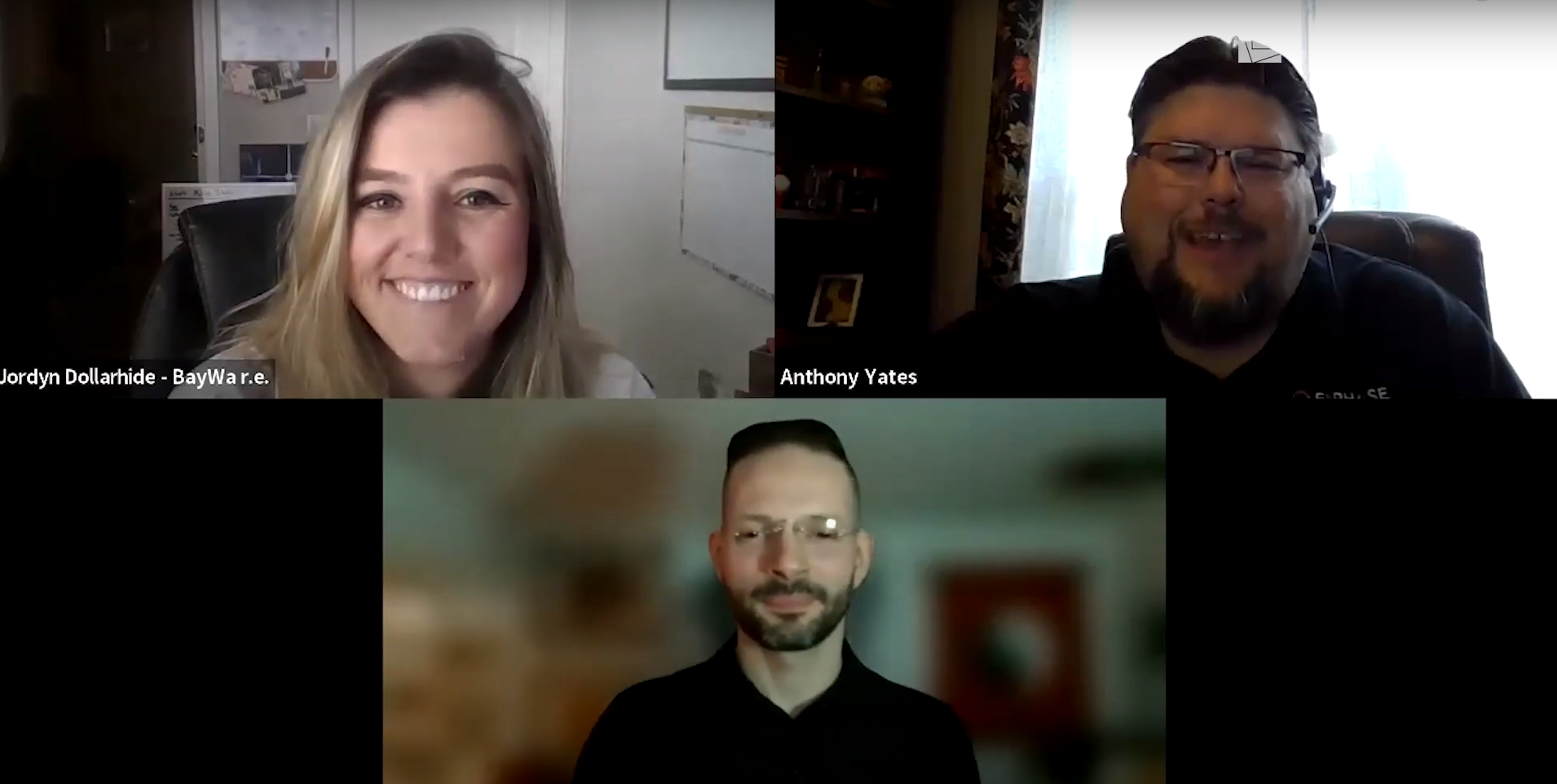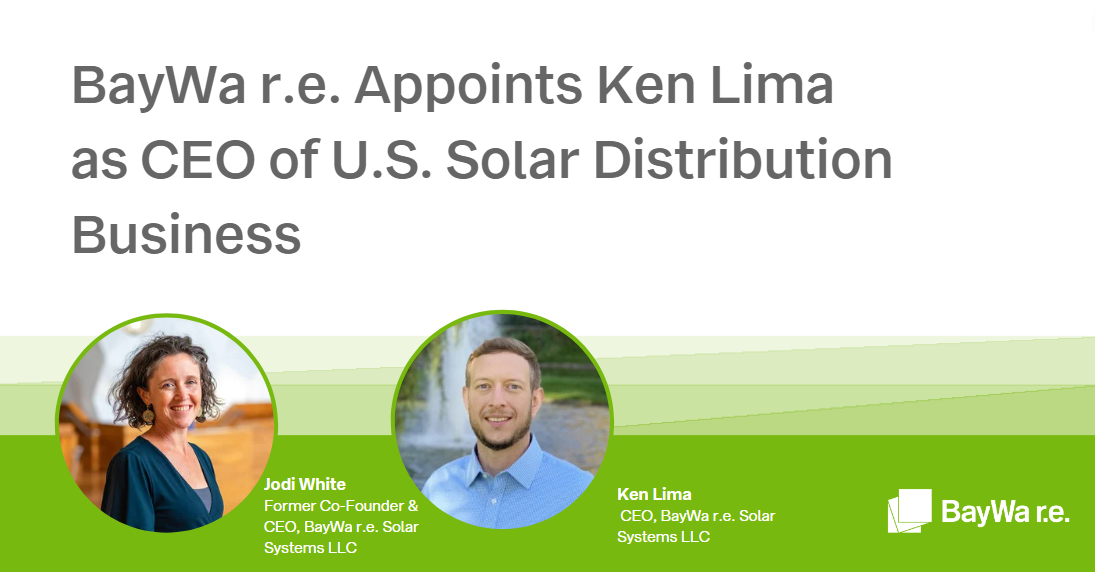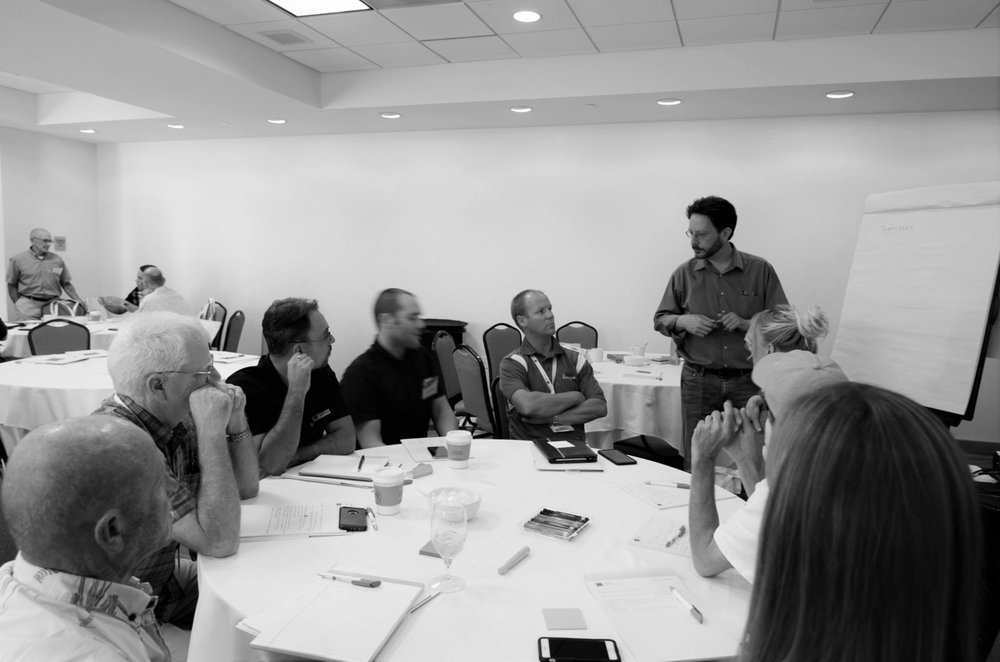 Boaz talks with BayWa r.e. partners at the annual BayWa r.e. Customer Summit
Boaz talks with BayWa r.e. partners at the annual BayWa r.e. Customer Summit
Those of you who interact regularly with BayWa r.e., or with me personally, know about our commitment to organizational design.
While we’re happy to talk about solar products and market conditions, our deeper interest lies in fostering innovation and continual improvement in our organization, and promoting it in our customers’.
A topic that has come to the forefront for us, and I hope is also interesting to our customers, is the idea of using “customer experience” as a framework for strategic planning.
Jay Galbraith, in Designing Dynamic Organizations, talks about there essentially being three types of strategies:
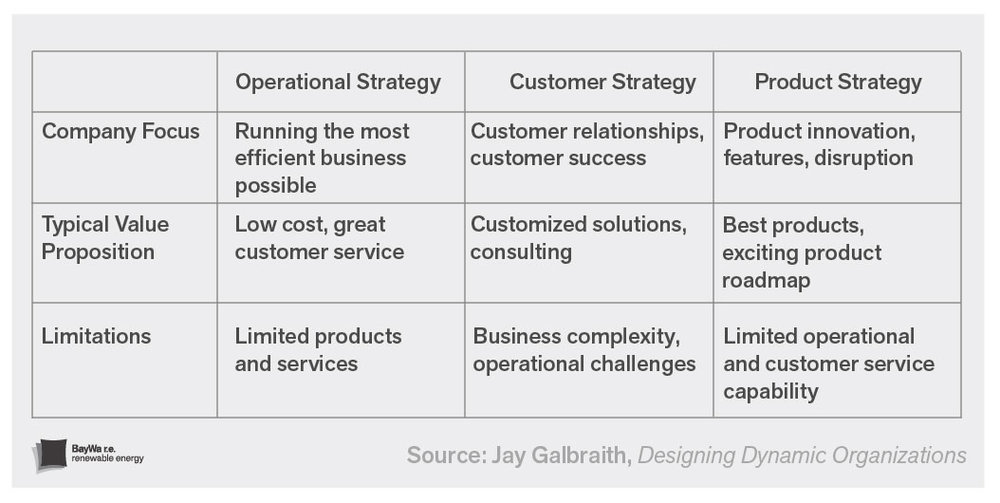
While it is theoretically possible to hybridize these options, an organization risks internal gridlock if it is not clear on how daily activities support a single overarching vision.
From “Operational” to “Customer” Strategy
For the past two years, BayWa r.e. has been making a steady (if sometimes bumpy) transition from “operational” to “customer” strategy. We used to say things like “we do very few things and do them very well” and “we run our business efficiently, and that helps our customers run an efficient business also.” These were great value propositions, and, by necessity, they caused us to make business decisions first and foremost through the lens of our operational structure’s capabilities.
As the residential and commercial solar markets have become more complex, causing our customers’ needs to evolve, we have found it more effective to change focus to strategic questions like “what do our customers need from us and how do we achieve it?” But as we live and breathe operations, it can be difficult to truly reshape our culture and attitude.
As could be expected, embarking on a customer strategy started with expanding the number of products and services we offered, the number of locations from which we would deliver them, and the personnel – both headcount and roles – we rallied to support them. This expansion has had success, as new products and services have attracted new customers and made us more relevant to old ones.
But these changes were still made with operational efficiency as their underpinning, and with each
Customer Experience bridges Operational Excellence and Customer Focus
For the sake of clarity, let’s define “Customer Experience” (“CX”) as “The entirety of the interactions a customer has with a company and its products, and the impression the customer retains as a result.” While CX came out of digital design – websites, apps, e-commerce stores, etc. – the business community has understood and embraced CX to also be the result of analog interactions.
Diving into CX and the “customer journey” from awareness through loyalty has given us clarity about how we can invent and improve business processes, customer communication, and sales and marketing activities. Now, rather than working on these things with the intention of becoming more efficient and scalable, we are working on them with the intent of providing our customers with the best experience possible.
The big “a-ha” here is that the prioritization of processes for re-design is driven by a different purpose, but the work is essentially the same. Whereas before we might work first on accelerating our credit review process so we could onboard customers more quickly, we now would work on that process to give our customers more visibility into, and faster response on, credit decisions, improving their experience, and – importantly – aligning it with our core purpose of building honest and healthy partnerships.
How Solar Installers can use Customer Experience as a Differentiator
Solar installation companies can also think about CX in very analog ways. A common theme I hear from installation companies is the challenge to maintain quality between sales and installation – to make sure the right promises are made and kept by each department. A poor customer experience in this handoff might increase cancellations, limit referrals, and cause labor overruns.
You don’t need to design a new web interface to attack this issue – you can do any number of things operationally to improve the customer experience – job folders with detailed information, transparent change order processes, dedicated project managers, etc.
Another example of where many solar installation companies could consider CX is in their choice of external partners. For example, if an end-customer is going to finance their system, they will most likely deal directly, to some extent, with the financing provider. How will that experience reflect on the contractor? What can the contractor do to manage this experience? Is this a matter of setting certain expectations during the sales process, intermediating the financing company’s communication, or anything else?
More than anything, the lessons of Customer Experience are about empathy. Too often we experience our own company’s needs to be in
